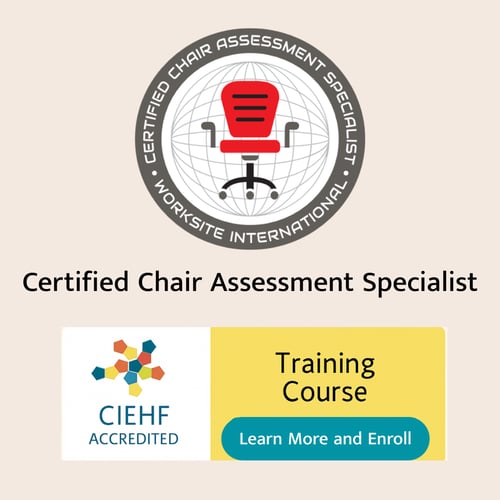
Figure 1. Are your employees playing musical chairs because nothing feels quite right?
Misfit chairs are a big problem!
In addition to your employees playing “musical chairs” with their chairs, here are a few tell-tale signs your chairs are just not the right fit for employees.
- Employees complain about their chairs and want new ones.
- They routinely remove the armrests.
- They add pillows, cushions, or blankets.
- Employees ask you to order back cushions and seat cushions to improve chair comfort.
Most likely, you or your purchasing team are guessing which chairs to order, only to end up with unhappy workers and preventable injuries.
You're not alone.
One of the most common problems in today’s workplaces is the lack of a standardized, informed process for selecting and fitting ergonomic chairs. Too often, decisions are made by individuals with little ergonomic training, resulting in chairs that are poorly matched to employee needs.
The outcome?
Chairs that don’t fit your employees, don’t last, and don’t support healthy posture—leading to discomfort, reduced productivity, distraction, dissatisfaction, and musculoskeletal issues!
Stop the Music, Try Chair Profiling
To solve this issue, selecting chairs for employees should include “Chair Profiling”—a science-based approach that matches employees to chairs based on their unique work habits, body dimensions, and desk setup.
We all have a preferred way of sitting, influenced by the tasks we perform, the tools we use, and even the way we interact with our workstations. Chair profiling accounts for all of that—and more.
Key elements of chair profiling include:
- Employee height and weight
- Spine health or medical conditions, hand strength
- Sitting style and task behaviors
- Sitting duration
- Desk configuration and equipment (keyboard trays, monitors, electric desks, desk converter use, etc.)
- Preferred posture (e.g., upright supported, forward-leaning, reclined)
For instance, someone who frequently leans forward for reading or writing tasks may benefit from a chair with forward tilt functionality. Someone with neck tension may need to recline more often or require a headrest. A petite female with shoulder and upper back tension may benefit from a narrow frame backrest and central support.
These nuanced preferences matter—and they’re often overlooked in traditional chair selection.
Figure 2. Our Chair Profiling Matrix connects specific work styles with essential ergonomic chair features for optimal fit and function.
The table in Figure 2 shows how everyday work habits can guide the right chair features for each employee. For example, someone who spends more than four hours a day at the computer needs a chair with good cushion quality for lasting comfort. If an employee uses a keyboard tray under their desk, adjustable armrests that pivot or move forward and back are important.
For those who prefer sitting upright, a chair with an independent back angle is ideal. If reading or writing at the desk takes up a large part of the day, or if someone often leans forward while working due to vision constraints, a slightly declined seat can provide better support. Employees who like to recline while on calls, thinking, daydreaming, or for improved spinal comfort and unloading need a chair that allows the seat and back to tilt together synchronously and maybe an adjustable headrest.
Adding accessories, like using a footrest or needing more flexible armrests, should be considered. Chair Profiling takes all these details into account to match people with chairs that truly fit the way they work, reducing discomfort, improving posture, and taking the guesswork out of chair selection.
Why Chair Profiling Matters
Creating a chair profile for each employee or at least for common roles within your organization is a proactive step toward smarter, more effective seating solutions. Instead of guessing or relying on one-size-fits-all models, chair profiling allows you to select chairs based on real-world needs and behaviors. It is an important component of performing a professional chair fitting.
When chairs are chosen with this level of intention, the benefits are significant:
- They fit the user properly: Proper fit supports healthy postures and ensures key features like seat depth, armrests, and back support align with the individual’s body dimensions and preferences. This reduces the need for constant adjustments or awkward sitting positions.
- They support job-specific movements: Whether someone is typing, writing, reclining during a call, or leaning in to focus, a chair that moves with the task helps employees stay productive and reduces strain throughout the day.
- They provide lasting comfort: A well-matched chair keeps employees comfortable throughout long work hours. Good cushion density, adjustability, and ergonomic support reduce fatigue and improve focus. Reduces the need for added cushions!
- They reduce the risk of musculoskeletal discomfort: When chairs match the way people sit and work, the risk of back pain, shoulder tension, and other common discomforts is significantly lower. This can lead to fewer complaints, less time off, better productivity, and lower long-term healthcare or workers' comp costs.
Chair Profiling is a practical, evidence-based approach to outfitting your workplace with chairs that work for your people, not against them.
Learn How to Chair Profile Employees
If you’re tired of playing trial-and-error with chairs, seeing employees play musical chairs, or dealing with constant complaints, our Chair Assessment Specialist (CASp) course is for you. This internationally accredited professional training teaches you how to create chair standards, identify chair profiles, perform chair assessments and fittings, and confidently guide your team to the right seating solutions.
Be the go-to chair expert at your organization or for your clients! Become a Certified Chair Assessment Specialist (CASp) in just 12 weeks! They will love you for it!



Comments